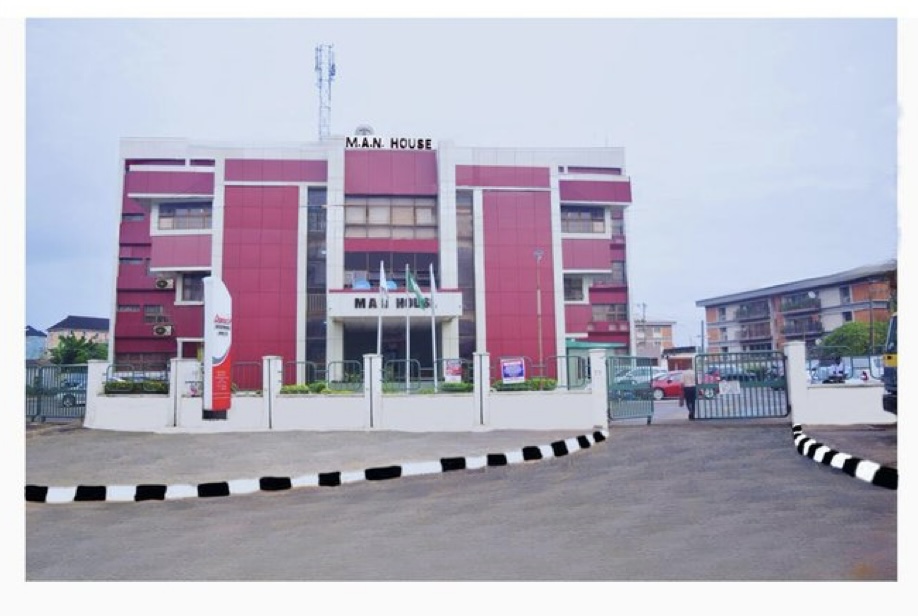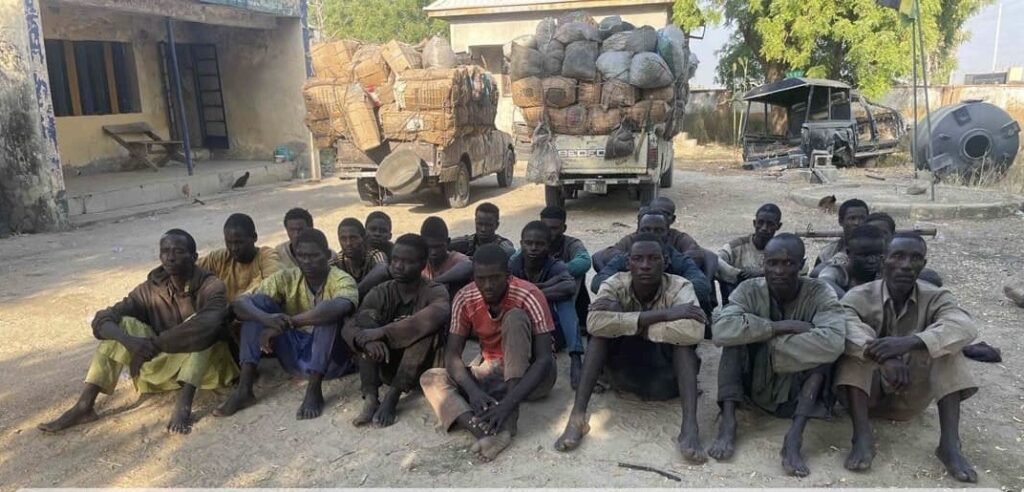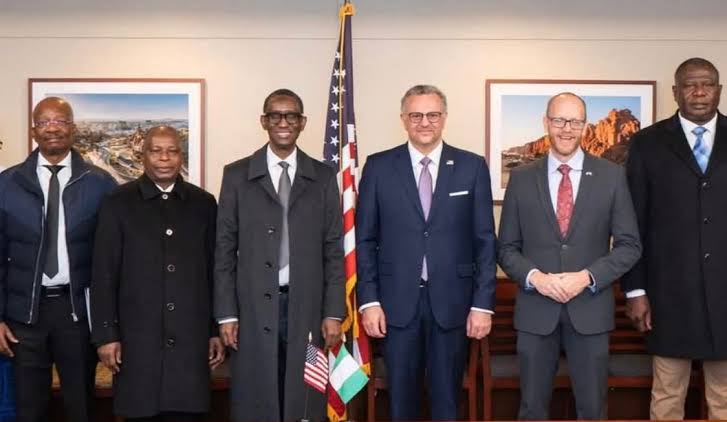Lending Rates at 30–37% Threaten Nigeria’s Industrial Survival, Manufacturers Warn

Nigeria’s manufacturing sector has raised fresh alarm over soaring borrowing costs, warning that lending rates now ranging between 30% and 37% are crippling production, delaying expansion plans and forcing many firms to reduce operations.
The concern follows renewed complaints from industry players that the gap between the Central Bank of Nigeria’s Monetary Policy Rate (MPR) and commercial bank lending rates has widened, despite recent policy efforts to stabilize the economy. According to manufacturers, the current cost of borrowing is “unsustainable” for an industry already battling rising energy prices, foreign exchange volatility, high logistics costs and insecurity. They argue that production costs have surged to levels that make Nigerian-made goods uncompetitive both locally and internationally. The Manufacturers Association of Nigeria (MAN) noted that while the CBN has maintained a tight monetary stance to curb inflation, industrial players are bearing the heaviest burden. Many manufacturers, especially small and medium enterprises, are now reportedly avoiding bank loans entirely due to the prohibitive interest charges. Industry leaders warn that unless lending rates come down significantly, Nigeria risks losing more factories, witnessing increased layoffs, and further weakening its export capacity. Several firms, they added, are already downsizing production lines or shelving new investment proposals because the cost of financing has become “a bigger threat than inflation itself. Manufacturers are calling on the CBN and fiscal authorities to develop targeted intervention funds for the sector, strengthen credit guarantee schemes, and fast-track reforms that will ease structural bottlenecks such as unreliable electricity and poor transport infrastructure. These, they say, will help lower overall production costs and reduce manufacturers’ reliance on high-interest short-term bank loans. They also urged the government to intensify efforts to stabilize the exchange rate, arguing that currency instability — combined with expensive credit — has made planning extremely difficult for factories that rely heavily on imported raw materials. Analysts note that Nigeria’s interest-rate environment remains one of the highest globally, and without a coordinated fiscal-monetary approach, the manufacturing sector may continue to shrink, undermining job creation and economic diversification targets. For now, manufacturers insist that the message is clear: with lending rates hovering around 30–37%, Nigeria’s industrial sector is struggling to breathe.









